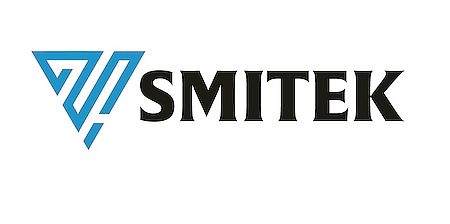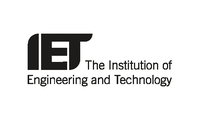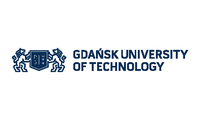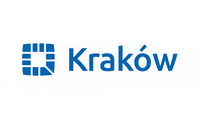Electromagnetic Machine Learning: Theory, Methods, and Applications
Biography
Said M. Mikki graduated from University of Mississippi in 2008 with a Ph.D degree in Electrical Engineering. From 2009 to 2015 he worked as a Research Fellow with the Electrical and Computer Engineering Department, Royal Military College of Canada, Ontario. In September, 2015, he joined the Electrical and Computer & Computer Science (ECECS) department in University of New Haven, West Haven, Connecticut, United States. He has published about 100 papers, book chapters, and books in the areas of fundamental electromagnetic theory, computational methods and optimization techniques in electromagnetics, nano-electrodynamics, metamaterials, antenna near fields, and novel methods for characterizing antenna systems, including antenna synthesis algorithms and designs. In 2016, he published New Foundations for Applied Electromagnetics: Spatial Structures of Fields, Artech House (London and Boston.) His current research interests include wireless communications, electromagnetic theory, antennas and circuits, machine learning and artificial intelligence, quantum information processing, and nanotechnology.
Abstract
Aims
The short course aims to introduce (to our best knowledge) the first focused coverage of the emerging research field electromagnetic machine learning (EM ML), outlining a new theory of the topic and developing novel applications falling into a broad technological spectrum including antenna design, digital communications, radar and inverse modeling, and nanotechnology. The unique approach adopted in this course underscores the need for formulating an integrated formalism combining electromagnetics, communications/signal processing, and artificial intelligence/machine learning within a unified framework suitable for real-life data-driven applications to electromagnetic and communication engineering. We highlight the extremely important role played by electromagnetic data in maintaining the correct operational performance of in the techniques proposed. Use of data in the process of solving electromagnetic problems has not received sufficient attention in the applied electromagnetic and communication communities. This course aims - among other things - to place data at the center of the design and development of a new generation of electromagnetic and communication devices.
A key feature in this course is differentiating electromagnetic machine learning from the now poplar statistical machine learning found in mainstream academic and industrial research. The latter is now used in business and industrial applications and is heavily deployed by companies like Google, Amazon, Microsoft, Nvidia. The latter, the approach advocated here, introduces a specialized form of machine learning closer to the spirit of scientific computing and engineering and communication applications. As proposed by EM ML, electromagnetic machine learning differs from existing mainstream approaches to machine learning in not being based on statistical learning theory. More specifically,
1) In contrast to statistical machine learning, electromagnetic machine learning can either reduce the need or even completely eliminate the process of regularization essential in the mainstream approach (examples: the infinitesimal dipole method).
2) Electromagnetic machine learning can predict new features hidden in the data difficult or impossible to discover by classical learning algorithm (example applications radar inverse modelling and remote sensing).
3) Electromagnetic machine learning is "smarter" than their purely statistical counterparts, and hence can often learn with considerably smaller datasets.
Course Outline
The course will outline a unified EM-signal processing including statistics to be used in order to build a series of applications, including the following topics to be covered:
Part I: General Introduction
- What is machine learning?
- Statistical Machine Learning Vs. Electromagnetic Machine Learning
- Outline of EM ML Theory and Applications
Part II: Theoretical Foundations
- The Electromagnetic Infinitesimal Dipole Model (EM IDM) Machine Learning Approach
- The Need for Rigorous and Accurate Electromagnetic DSP (EM DSP) Models in Real-life ML Applications
- How to Construct an EM DSP Model for Practical Problems
- Case Study: An EM DSP Model of Antenna
Part III: Applications
- Applications of the EM IDM approach to problems in wireless communications and antenna design.
- Machine learning approach to electromagnetic mutual coupling and interactions in large-and-complex antenna arrays (e.g., massive MIMO).
- Spectral efficiency enhancements in wireless communication systems (5G and MIMO.)
- Inverse modeling and radar target identification.
- Introduction to Massively-parallel processing algorithms for wireless communication and electromagnetics






















